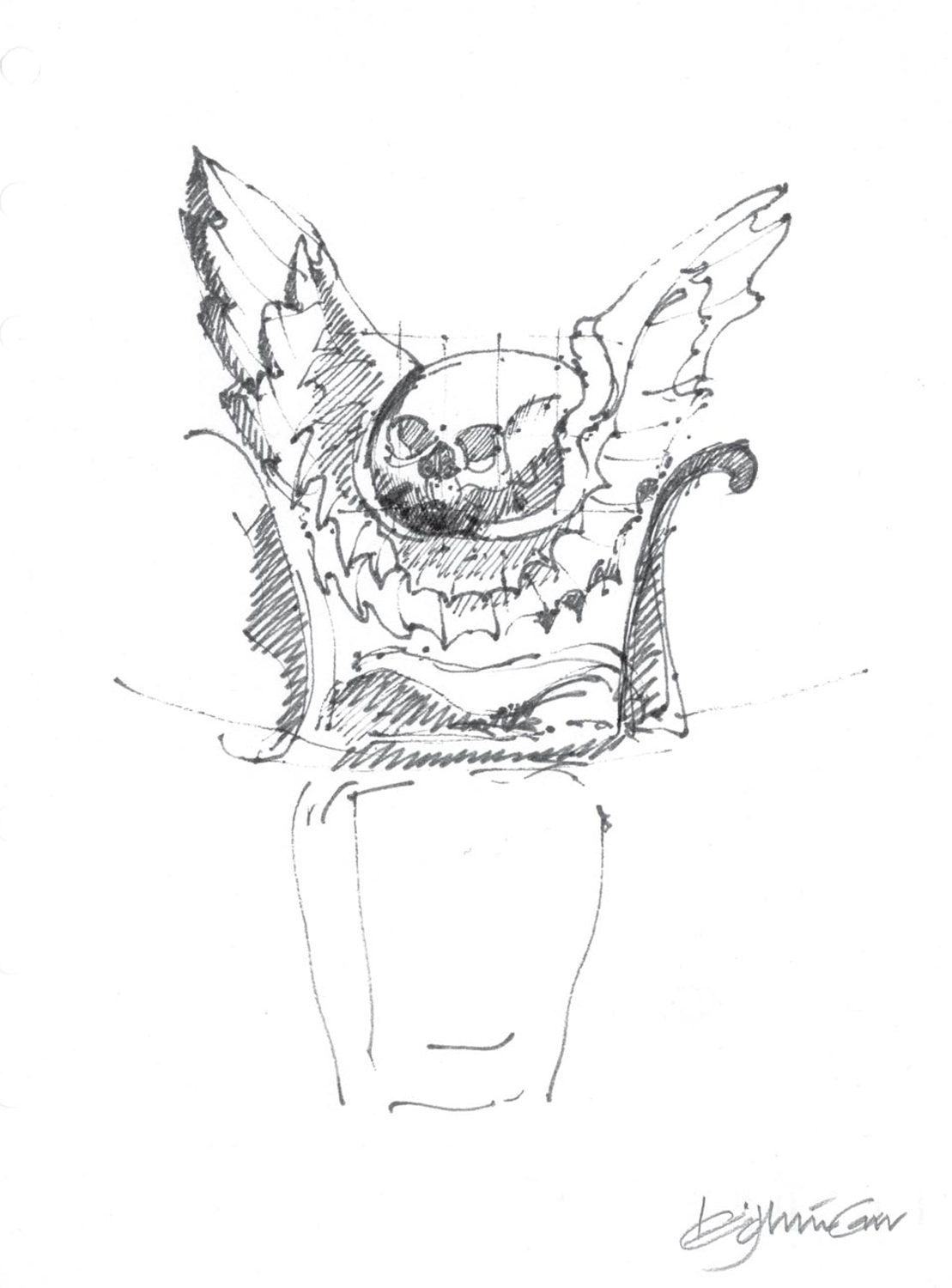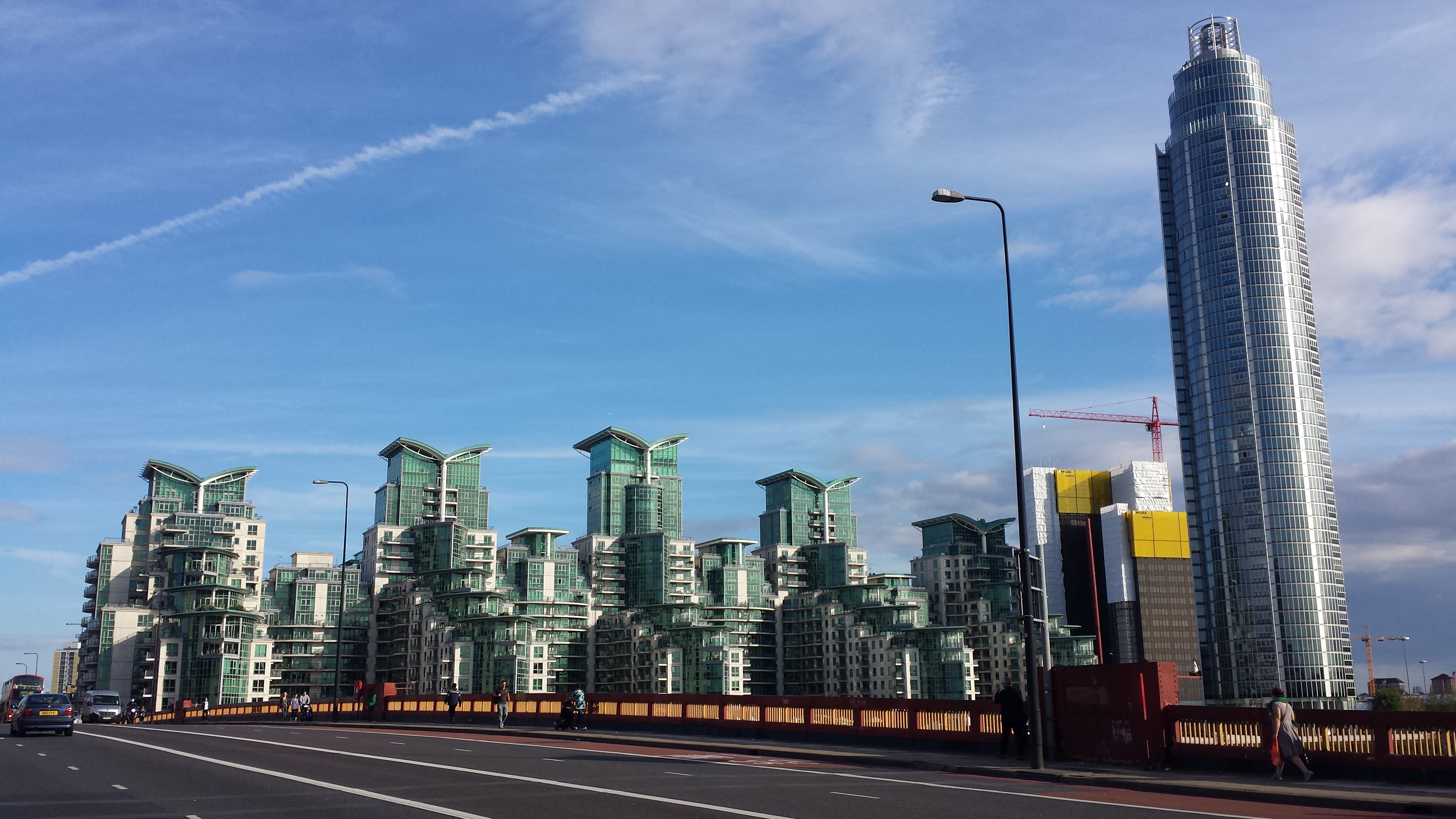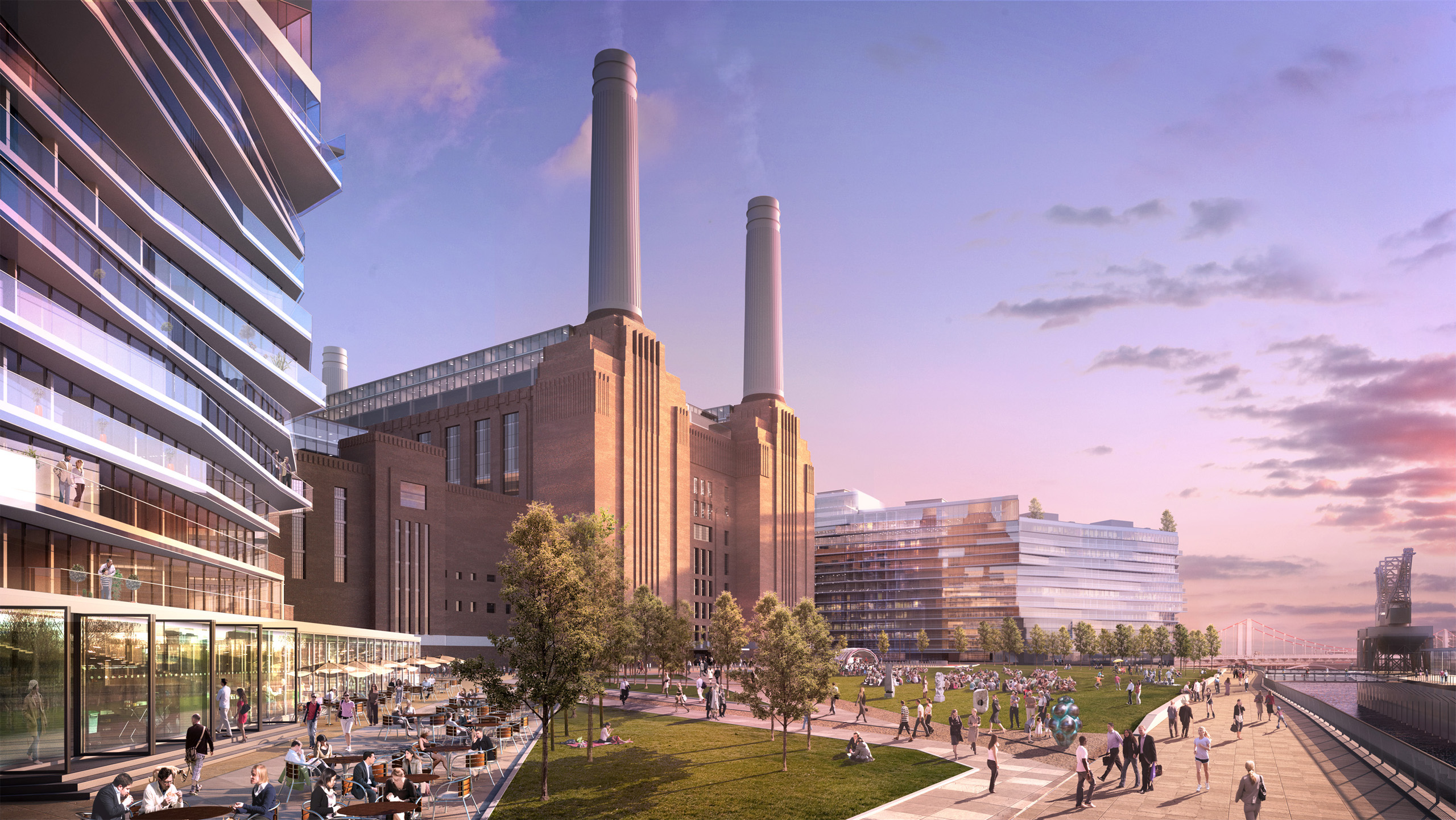In an earlier post I published a draft template for a new parish church (or Christian community hub). It makes for a very different conversation with Local Authority representatives or councillors if you ask for 13,000 square feet of space instead of pitching in with some general idea of supporting the local community. So I added space standards.\r\n\r\nFor a zoomable version click …here \r\n\r\n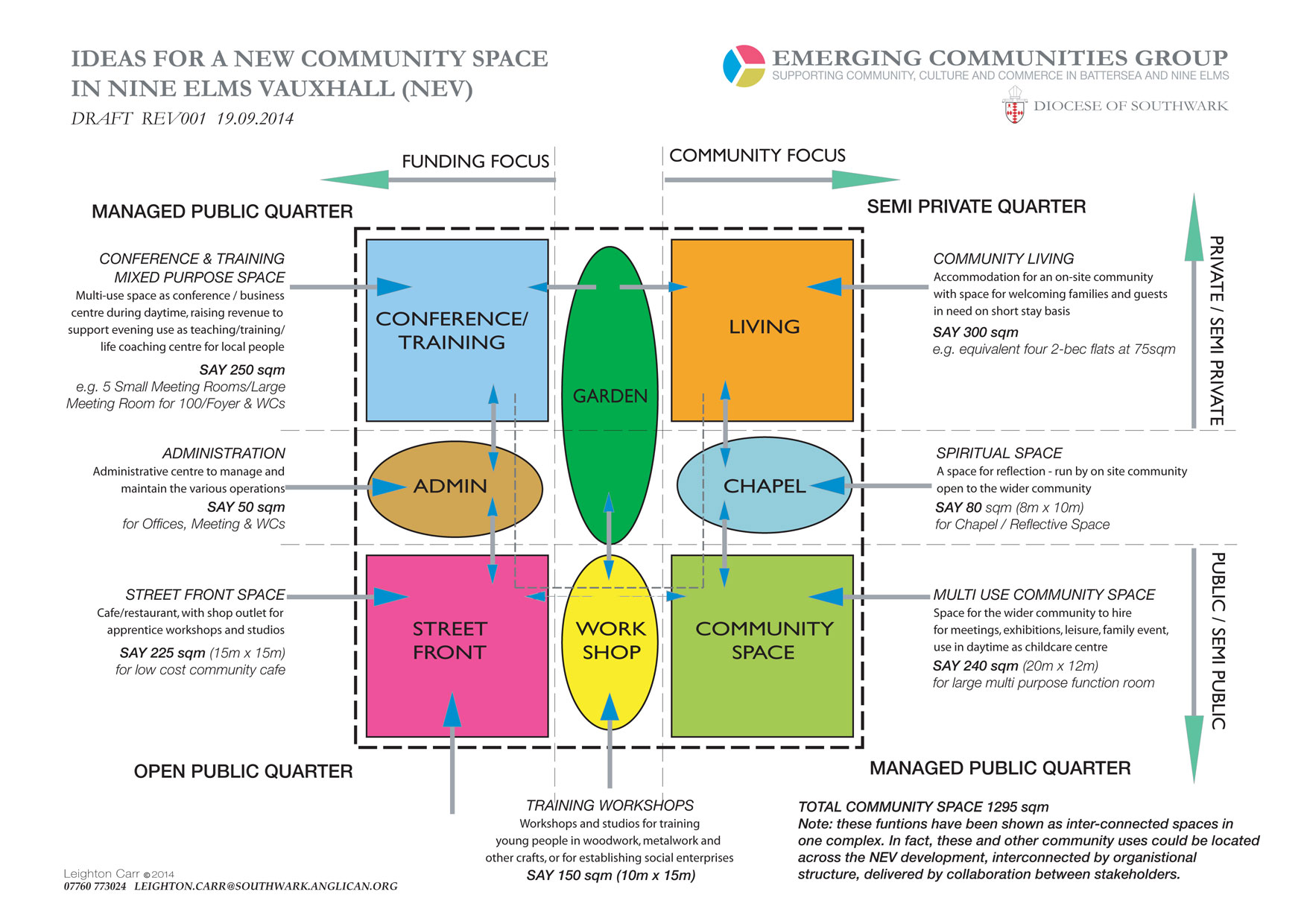
Battersea and Nine Elms Ideas Group
We’ve put out a call for help from local churches to shape Anglican church life in Battersea and Nine Elms over the next twenty years … (For a zoomable image click here…)\r\n\r\n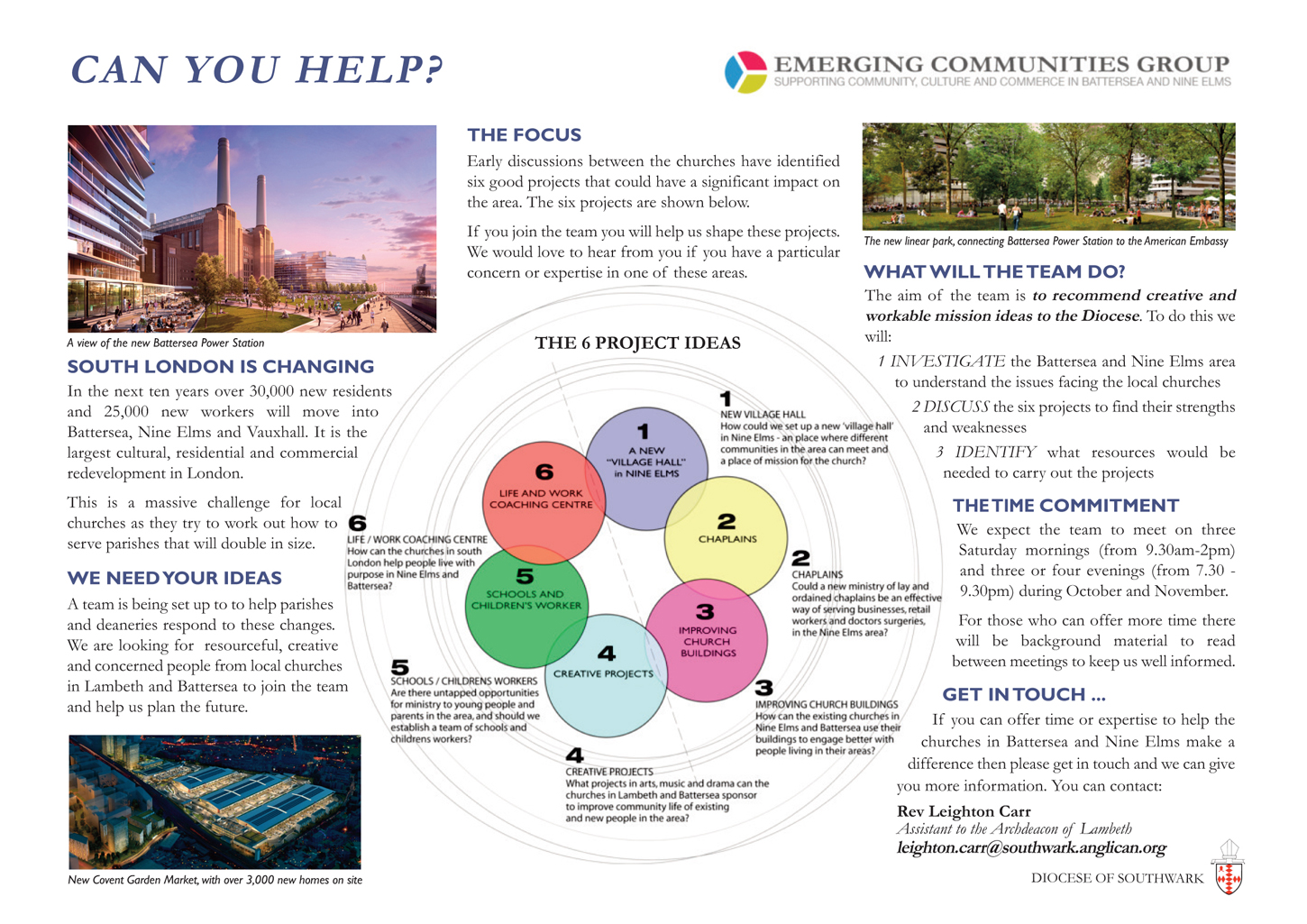
Memorabilia
Sailing in Storms
I was reflecting on the disturbing difficulties many of my friends and I have to navigate as we sail through life when I came across this African proverb:\r\n
“Smooth seas do not make skillful sailors”
A New Parish Church?
We hear a lot about new models of church planting, and the benefits of ‘network’ churches formed around networks of people. Establishing a new parish church along traditional lines is generally out of favour, because of the initial set up cost – the Church of England no longer has the resources available to it in the 19th century – and the running costs to future generations.\r\n\r\nBut if I could get hold of sponsors/investors or some discounted D1 community space I would go for it, a new parish ministry built around a sustainable multi-use facility. Why? Because for all it’s faults a good parish church works beyond networks and responds to the the particular grain of its surroundings. This offers great opportunities for effective service.\r\n\r\nAnd who else would do it?\r\n\r\nSomething like this. (For zoomable image click here …)\r\n\r\n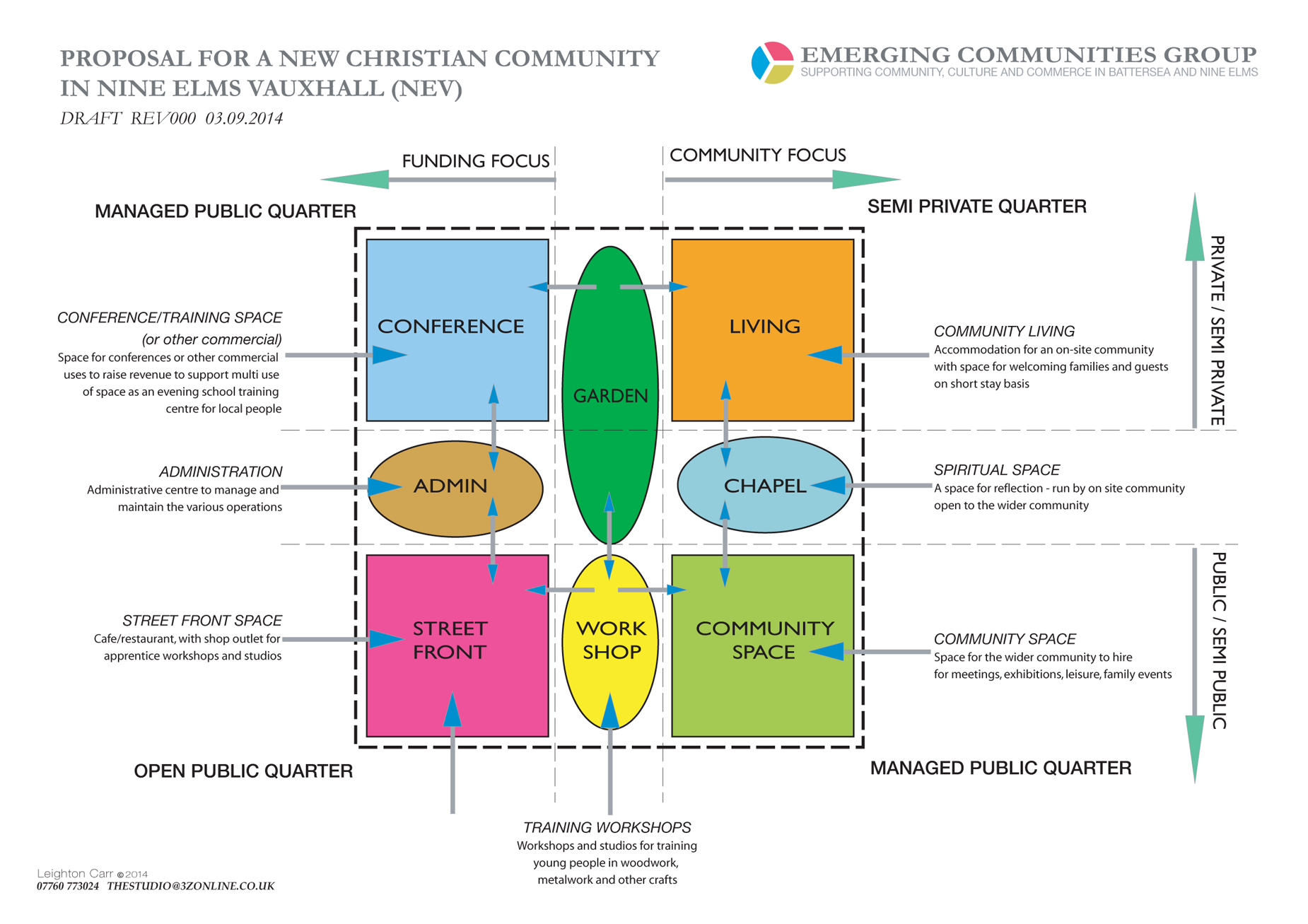
Creative City Makers
Charles Landry thinks deeply and writes eloquently about the formation of cities, and in his book The Art of City-Making he summarises his research into the characteristics, attitudes and qualities of admired city-makers. This is the list:\r\n
- \r\n
- An ability to cross boundaries and think laterally
- The ability to pick out the essence of a professional position and to see how it relates to other aspects
- Practical and open to new ideas
- An openness of thinking and willingness to hear other things
- To be able to listen and hear
- Open to suggestion and challenge
- To be able to bring out the best in others, to facilitate, to draw together arguments and attitudes
- People who know their place, have walked its streets, can feel what it is like
- A sense of vision combined with realism , a patience garnered from having experience, a mix of drive and focus on the nitty-gritty, a tenacity to see things through.
\r\n
\r\n
\r\n
\r\n
\r\n
\r\n
\r\n
\r\n
\r\n
\r\nLandry goes on to point out that people with these qualities can be found inside and outside the urban professions. Creative city making is not an exclusive professional club.\r\n\r\nLooking at it from the perspective of my own institution (the Church of England) that has every square inch of every city in the UK covered by a parish, and in some way therefore by a priest responsible for the spiritual and well being of that area, these qualities of city and place making described by Landry need to be found in more individuals in more dioceses and parishes if the church is to contribute to creative city-making and to help build a deep sense of settlement and connection within city boundaries.
Emerging Communities Group
The Emerging Communities Group has come out of my work to build community and support mission in Battersea and Nine Elms, the largest redevelopment site in London. With over 30,000 new residents and 25,000 new workers moving to the area in less than ten years, how can these new communities flourish? And what about existing inner city communities, and churches? We’re looking for members, sponsors and collaborators … (zoomable version here …)\r\n\r\n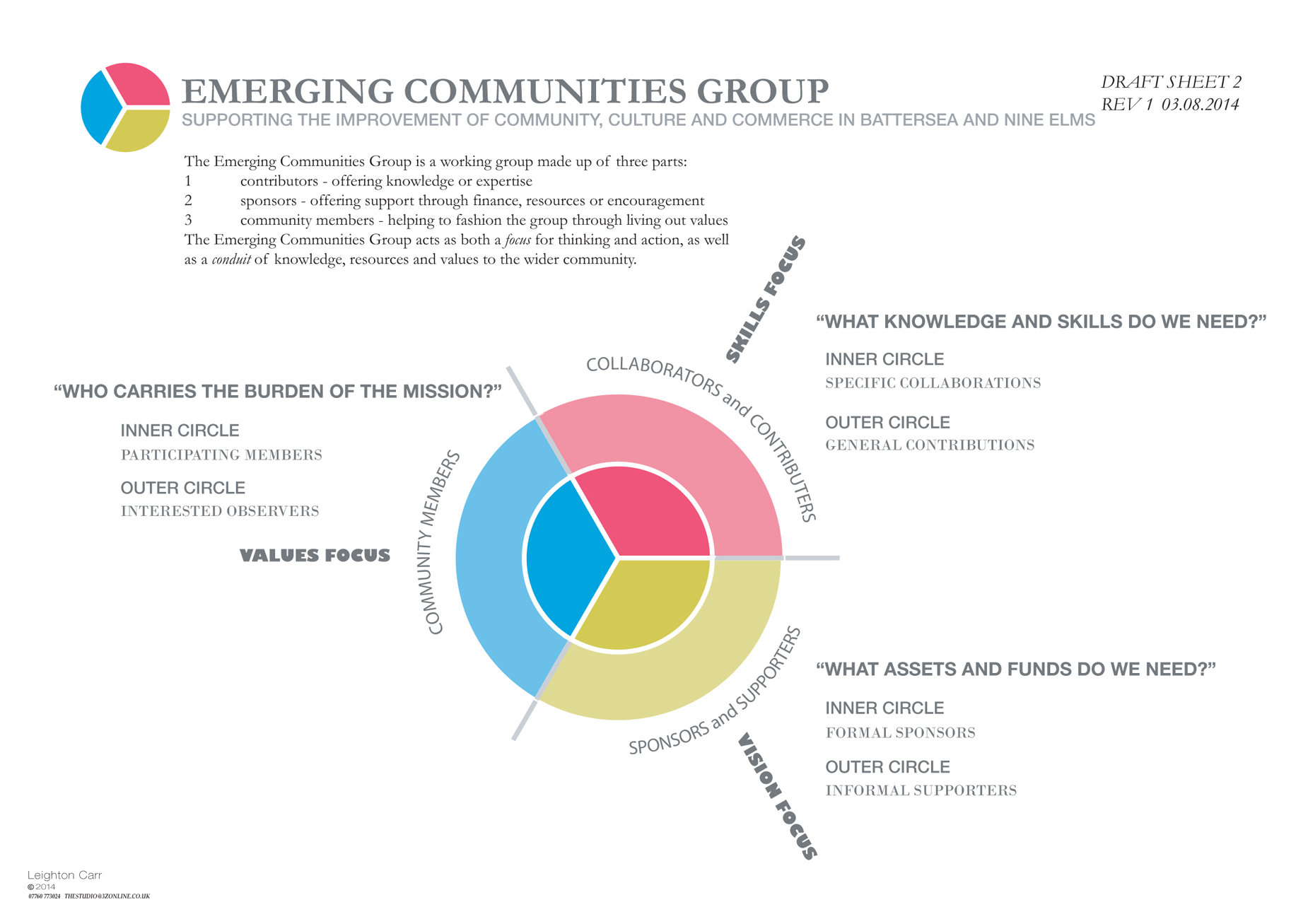
The (new) walk to work
Training
We are not trained for ministry but in ministry.
\r\n… said Eddie Gibbs, guru to church thinkers across the world.
